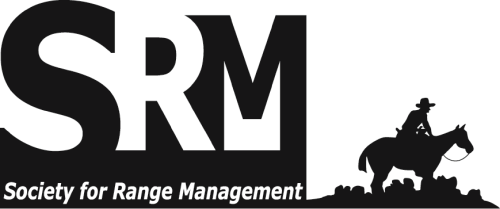On the Ground • Ecosystem services are the wide array of benefits that people gain from natural ecosystems but many are not paid for nor is their future supply guaranteed. • Many attempts are being made to define, measure, and value these natural services in order to secure their future—many of these methods are theoretical. • Finding practical ways to reward land managers for providing elevated levels of services and protecting the capacity of range resources to provide those services is a challenge—theory well precedes practice. • Range landscapes typically encompass heterogeneous ecological units dominated by native vegetation and have the capacity to provide different levels of ecosystem services depending on both site features and local management. • Ecological Site Descriptions are potentially valuable for organizing information related to management options to achieve ecosystem service objectives and provide benchmarks for stewardship rewards or compliance expectations. The Rangelands archives are made available by the Society for Range Management and the University of Arizona Libraries. Contact lbry-journals@email.arizona.edu for further information. Migrated from OJS platform March 2020

Practical, non-technical peer-reviewed articles published by the Society for Range Management. Access articles on a rolling-window basis from vol 1, 1979 up to 3 years from the current year. More recent content is available by subscription from SRM.